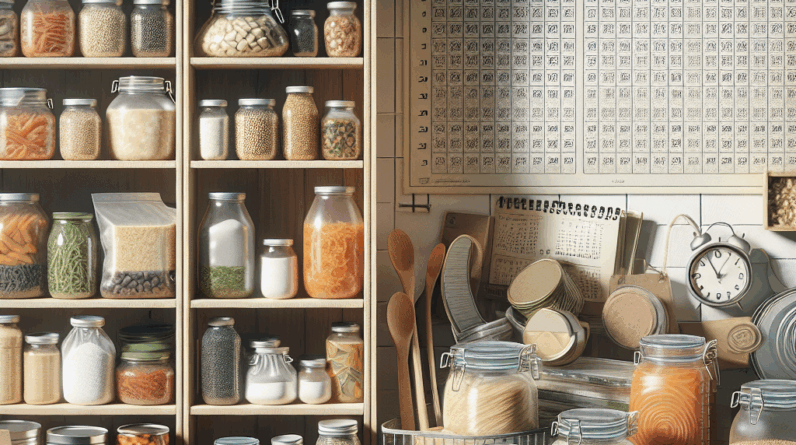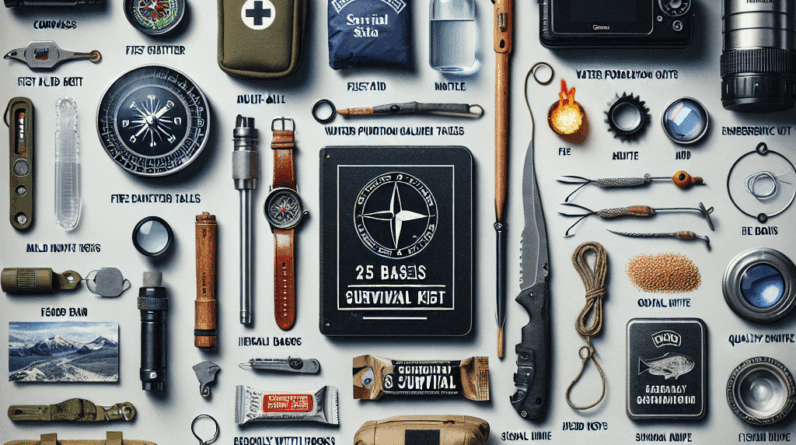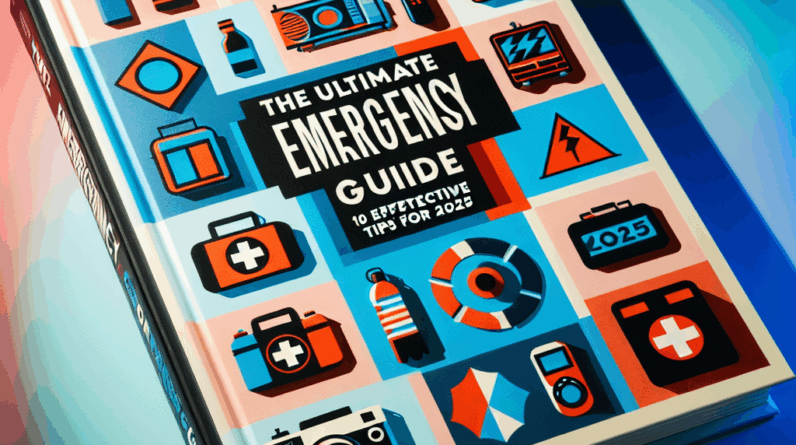Floods can strike with little warning, turning lives upside down. Being prepared can significantly mitigate the risks and help you manage the situation more effectively. This guide provides a step-by-step approach to preparing for floods, ensuring safety and readiness at all times.
Create a Robust Emergency Plan
# Assess Your Risks
First, determine the flood risk for your location by consulting local flood maps and historical weather data. Understanding whether you reside in a high-risk zone is crucial for proper planning. Once you’ve gathered this information, engage your family in discussions about potential flood scenarios, emphasizing the importance of being informed. It’s also wise to document your findings for easy reference during emergencies.
# Establish Effective Communication Strategies
Having a clear communication plan is vital. Assign a family contact who lives outside your immediate area to act as a central communication point. Utilize group texts and social media to keep in touch during emergencies, and ensure all family members are familiar with their communication devices through regular drills.
# Practice Your Evacuation Plan
Identify and practice multiple evacuation routes from your home to safe locations. Consider the needs of all family members, including pets, and keep a physical map for use in case digital navigation becomes unavailable.
Stock Essential Supplies
# Gather Emergency Supplies
Prepare an emergency kit containing water, non-perishable food, a first aid kit, medications, and other essentials tailored to your family’s needs. Regularly check and update your kit to ensure all items are in good condition and within their expiration dates.
# Waterproof Your Home
Take preventive measures to waterproof your home, such as sealing cracks and installing sump pumps. Also, elevate electrical equipment in your yard and consider implementing landscaping features to redirect water.
# Ensure Food Availability
Stockpile non-perishable foods and clearly label them with expiration dates. If space allows, consider starting a garden with plants that can survive flood conditions, providing an additional food source.
Stay Informed and Prepared
# Use Technology to Stay Informed
Download reliable weather apps, set alerts for updates, and attend local weather preparedness seminars to stay informed about potential floods. Staying proactive can greatly enhance your readiness.
# Heed Local Authority Warnings
Always follow instructions from local authorities during flood warnings and stay updated via radio broadcasts and community alerts. Keeping a battery-operated radio handy is advisable.
# Keep Emergency Contacts Accessible
Maintain a list of emergency service numbers and ensure every family member knows where to find it. Regular review and practice of these contacts can be lifesaving in a crisis.
Frequently Asked Questions
1. What should I include in my emergency kit for floods?
Your kit should contain essentials like water, non-perishable food, a flashlight with extra batteries, first aid supplies, medications, and important documents, tailored to your family’s specific needs.
2. How can I find out if I live in a flood-prone area?
Check your local government’s website or access FEMA flood maps to determine if your home is located in a designated flood zone.
3. What steps should I take if a flood warning is issued?
Monitor updates via trusted sources, activate your emergency plan, and evacuate if necessary, using your pre-established routes.
4. How often should I check my emergency supplies?
Inspect your emergency supplies every six months to make sure they are up-to-date and in usable condition.
5. What should I do with my pets during a flood?
Include your pets in your emergency plans, ensuring you have adequate food, water, and any necessary medications for them, along with a ready pet carrier for evacuations.




